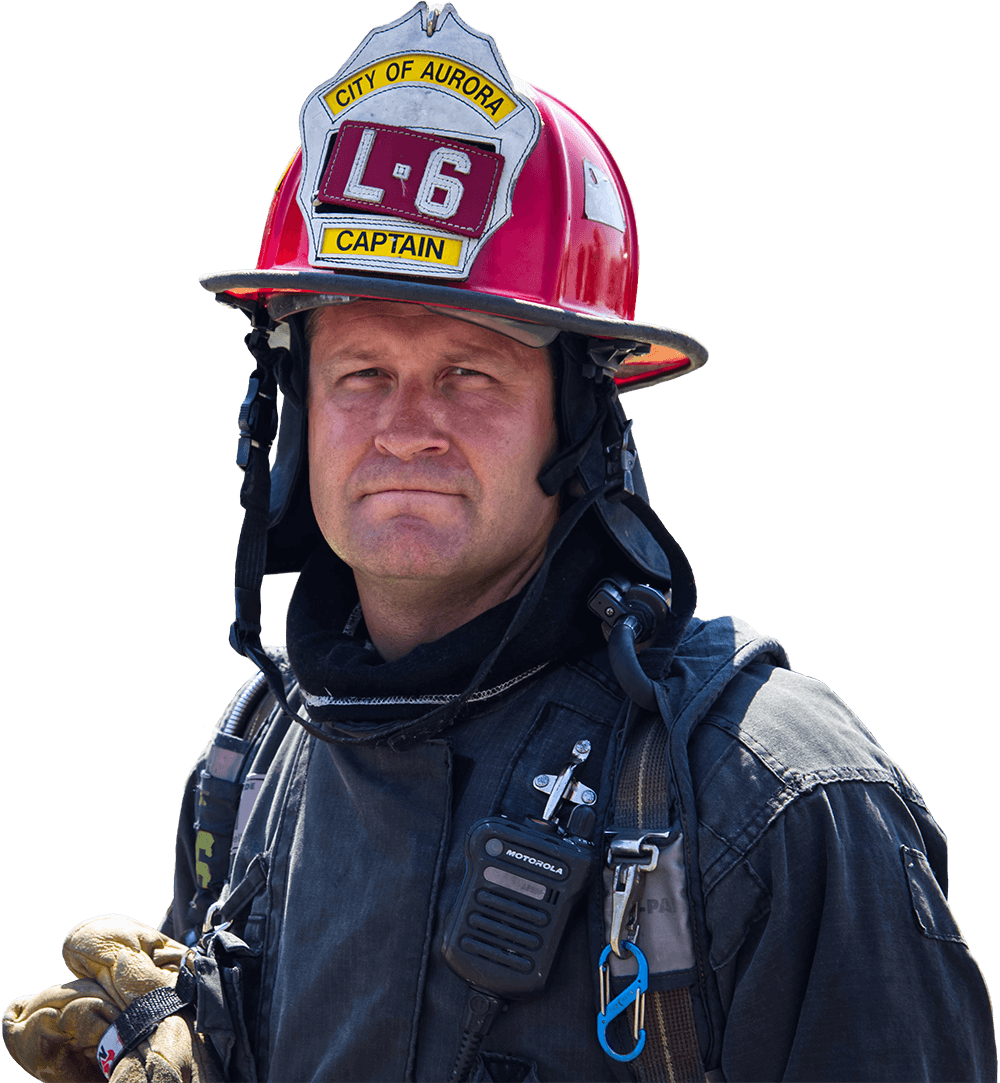Hazardous material (hazmat) operations begin with using product and hazard information to correctly identify the materials involved and utilizing resources to guide the initial response and defensive operations. In this module, you�ll learn how to recognize commonly used hazmat placards and markers, use resources like the Emergency Response Guidebook, and perform awareness level operations related to initial response and product control. This module provides knowledge and information related to OSHA 1910.120 and the following NFPA Standard 1072 Job Performance Requirements: 4.2.1, 4.3.1, 4.4.1, and 6.5.
Course Type: Microlearning
Course Duration: 120 min
It is important for responders to be familiar with basic chemistry concepts to understand how elements react with ...
Course Type: Full-length Course
Course Duration: 120
First responders can use a variety of monitors and detectors to determine hazards present at potential hazardous ...
Course Type: Full-length Course
Course Duration: 60
Fixed facilities have many types of fixed fire-protection, suppression, and detection systems. In this module, you’ll learn about these fixed systems. You’ll also learn about other forms of fire protection, such as the International Fire Code, and the process of pre-emergency planning. This module provides knowledge and information related to OSHA 1910.120 and the following NFPA Standard 1072 Job Performance Requirements: 5.1.1, 5.1.4, 5.1.5, 5.4.1, and 5.6.1.
Course Type: Full-length Course
Course Duration: 60 min
Simply put, if something endangers the public, the fire department typically plays some role in the response. Along those lines, in most communities it is the responsibility of the fire department to handle the release of hazardous materials (hazmat) and weapons of mass destruction (WMD). This module provides knowledge and information related to OSHA 1910.120 and the following NFPA Standard 1072 Job Performance Requirements: 4.1.1, 4.1.3, 4.2.1, 5.1.1, 5.1.4, and 5.1.5.
Course Type: Full-length Course
Course Duration: 60 min
Decontamination protects responders from agents that may contaminate and permeate the protective clothing, self-contained breathing apparatus (SCBA), tools, apparatus, and other equipment used at the incident. In this module, you’ll learn about how things become contaminated, and how to perform different kinds of decontamination procedures during accidental release incidents and at crime scenes. This module provides knowledge and information related to OSHA 1910.120 and the following NFPA Standard 1072 Job Performance Requirements: 5.5.1, 6.3, 6.4, 6.5.1, and 6.6.1.
Course Type: Full-length Course
Course Duration: 60 min
Hazardous materials (hazmat) operations depend on the structure of the Incident Command System (ICS) and the observations of its responders to predict potential harm; minimize hazards; control the scene; and protect people, property, and the environment. In this module, you will learn how ICS works, how to estimate and reduce potential harm, and the types of hazmat response operations you may be asked to perform on-scene. This module provides knowledge and information related to OSHA 1910.120 and the following NFPA Standard 1072 Job Performance Requirements: 5.1.1, 5.1.5, 5.2.1, 5.3.1, 5.4.1, and 5.6.1.
Course Type: Microlearning
Course Duration: 120 min
Acts of terrorism are designed to result in the maximum amount of damage from an explosive device, or through the release of a chemical or biological agent, which are often created in illicit laboratories. These illegal labs may explode or contaminate its workers and the surrounding environment, which can cause catastrophic damage similar to a terrorist attack. Terrorist activity may include actions like vehicular homicide and shootings, but for the purposes of this course, we will focus on hazmat response to terrorist activity. In this module, you’ll learn how to recognize signs that identify potential terrorist activity and illicit labs. You’ll also learn which actions to take during incidents involving terrorism, weapons of mass destruction (WMD), and illicit laboratories. This module provides knowledge and information related to OSHA 1910.120 and the following NFPA Standard 1072 Job Performance Requirements: 5.2.1 and 6.9.1.
Course Type: Full-length Course
Course Duration: 60 min
Personal protective equipment (PPE) is an important component in any hazmat responder’s inventory. Using it properly is the best way to prevent injury or death. In this module, you’ll learn about the two major categories of PPE, how to select the proper PPE for an incident, and how to use and maintain the equipment properly. This module provides knowledge and information related to OSHA 1910.120 and the following NFPA Standard 1072 Job Performance Requirements: 6.2.1.
Course Type: Full-length Course
Course Duration: 60 min
Rescue operations can range from a single exposed or injured victim to a mass casualty event. The incidents can range from accidental releases from vehicles or industry to terrorist acts. Operations-level personnel trained to the mission-specific operation of victim rescue and recovery must operate under the guidance of a hazardous materials technician, an allied professional an emergency response plan, or standard operating guideline. This module covers the methods of victim rescue, triage, and recovery. This module provides knowledge and information related to OSHA 1910.120 and the following NFPA Standard 1072 Job Performance Requirements: 6.8.1.
Course Type: Full-length Course
Course Duration: 60 min
